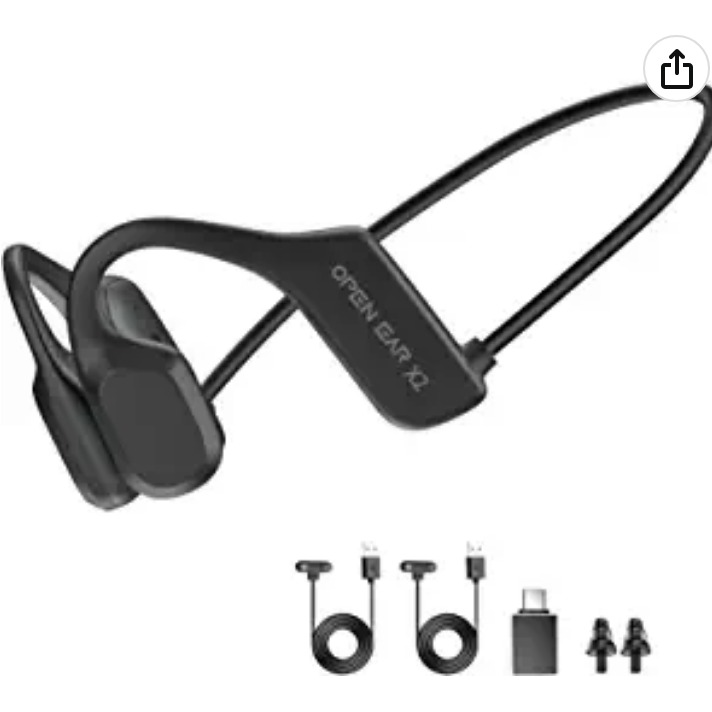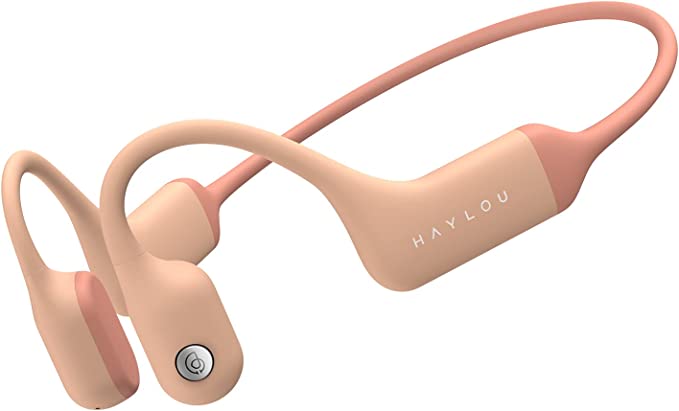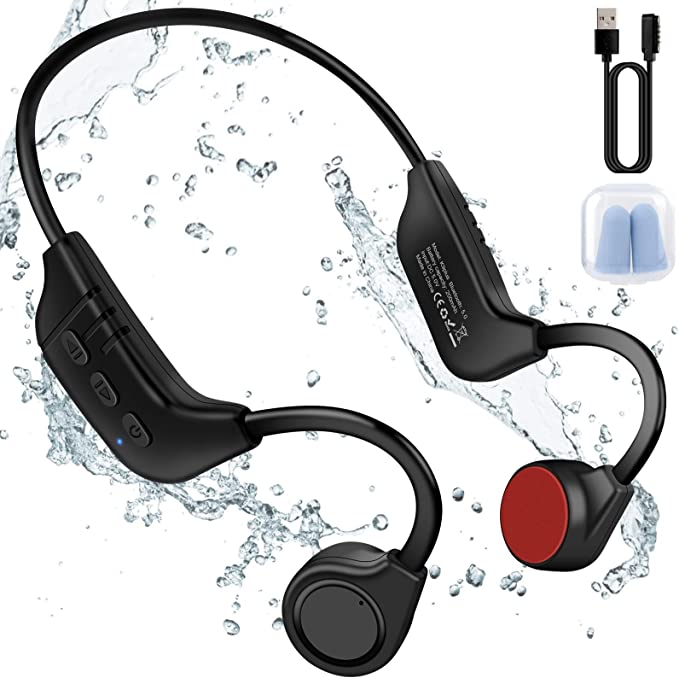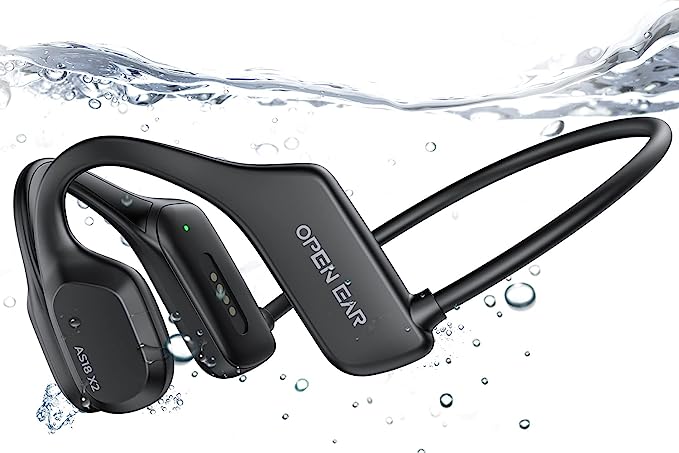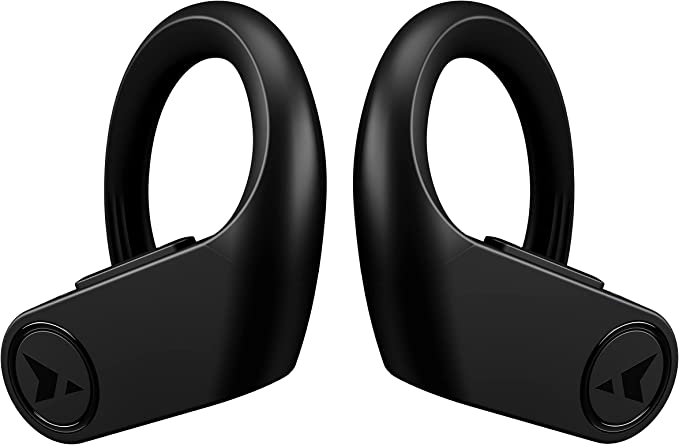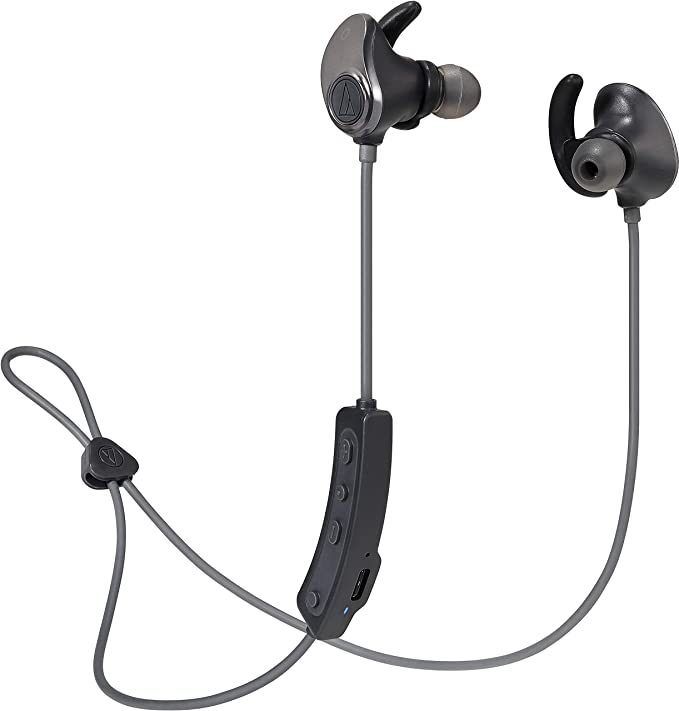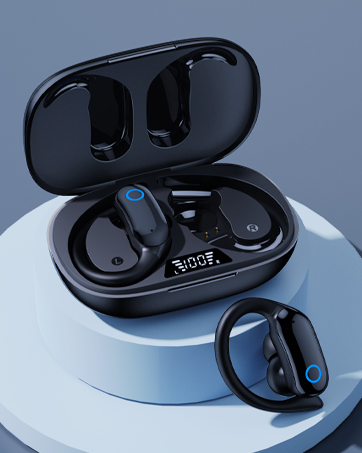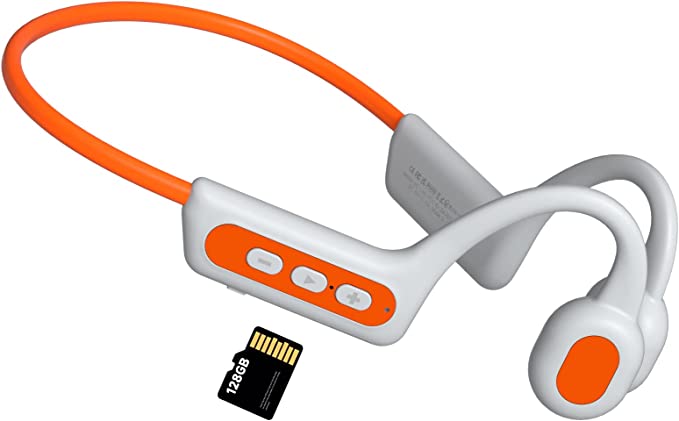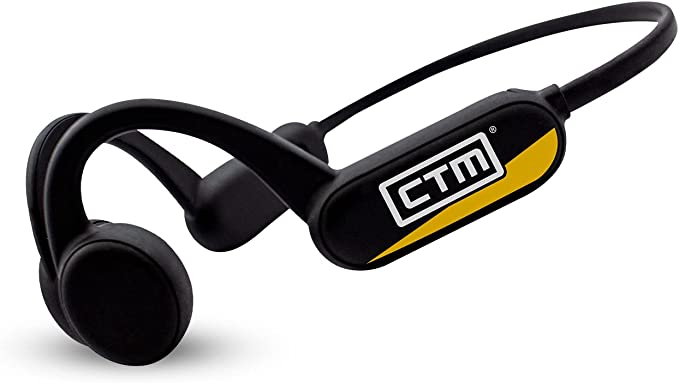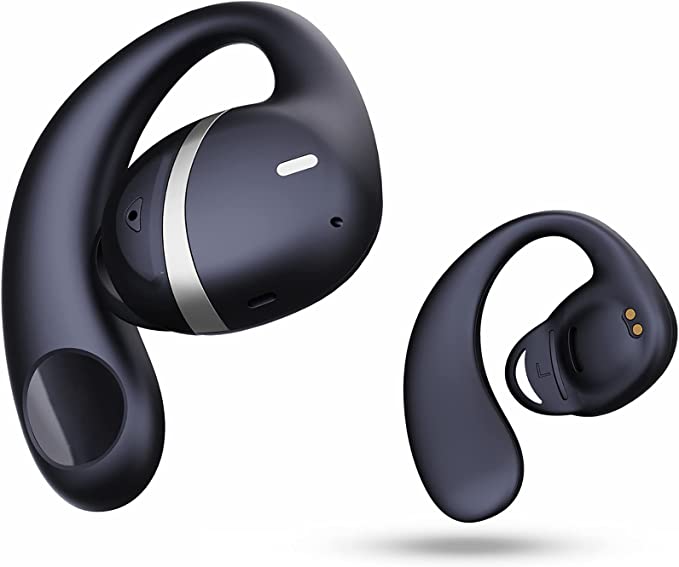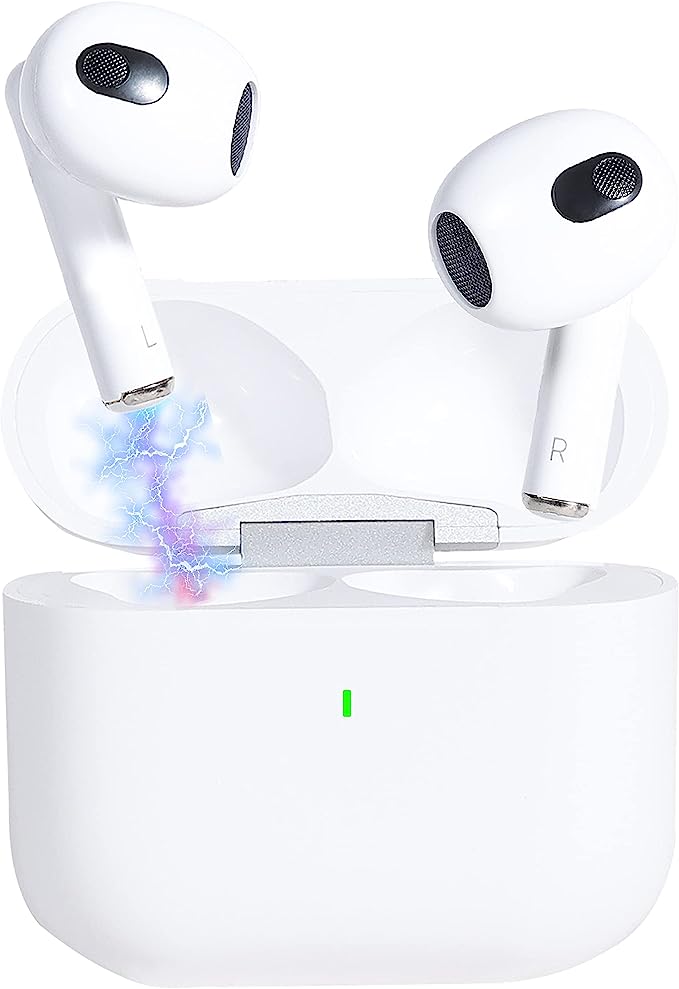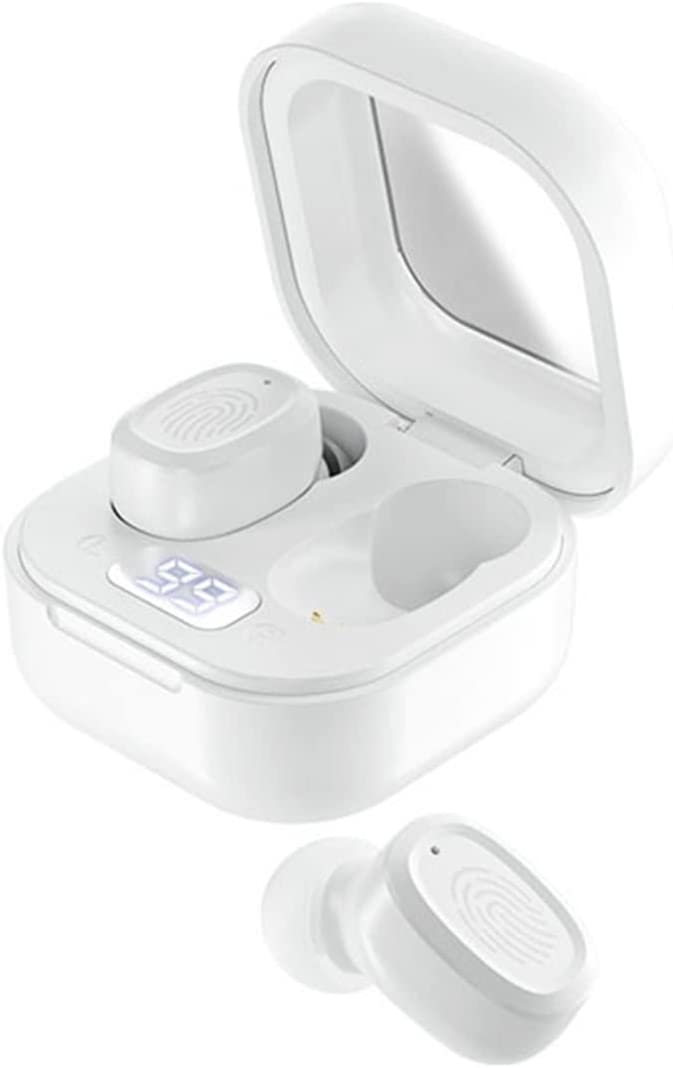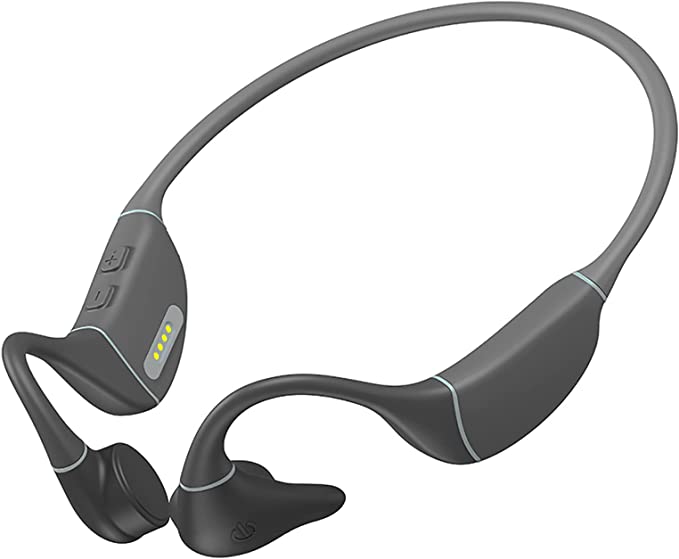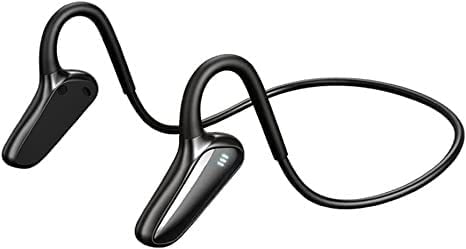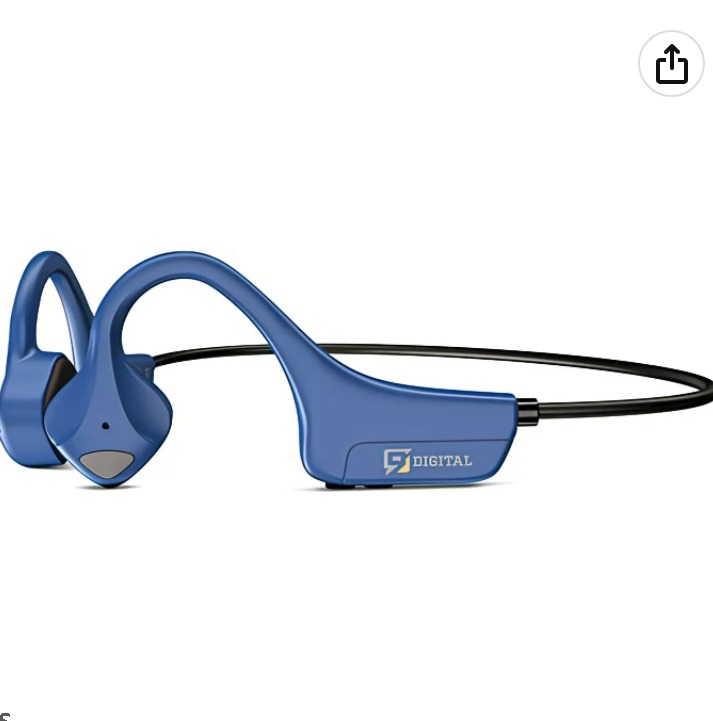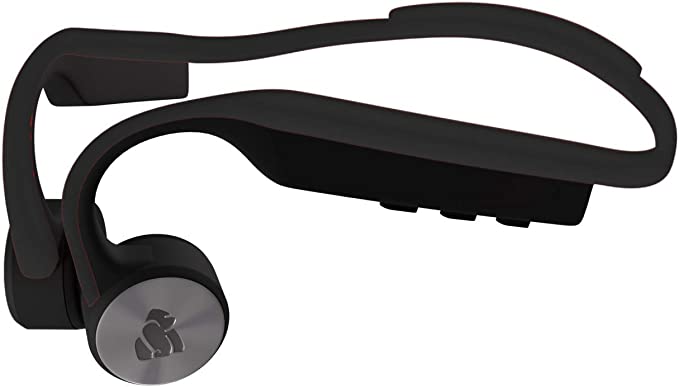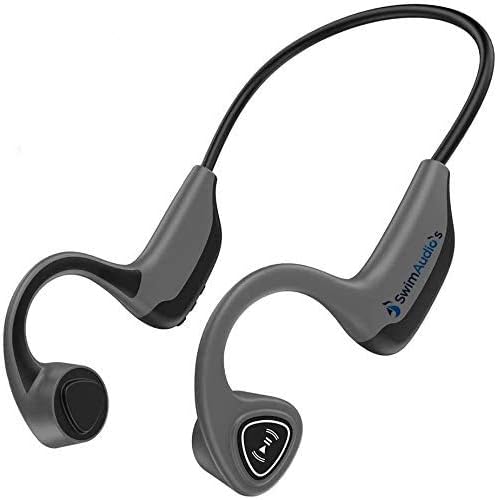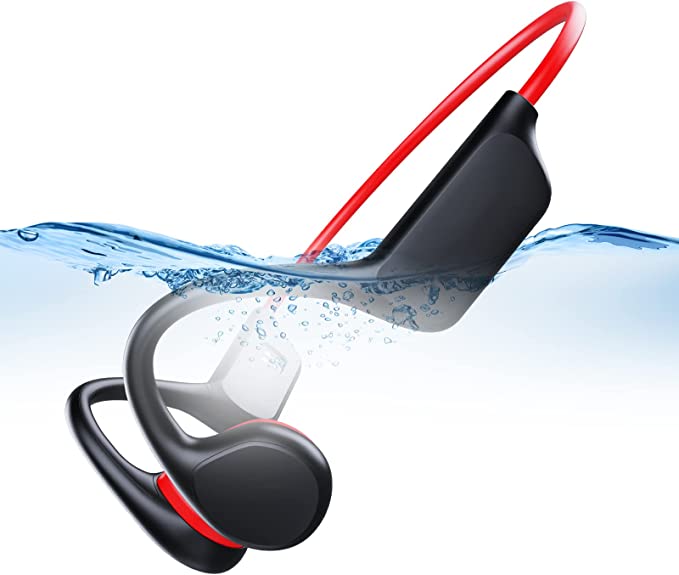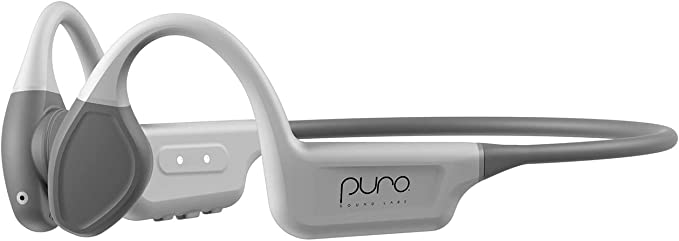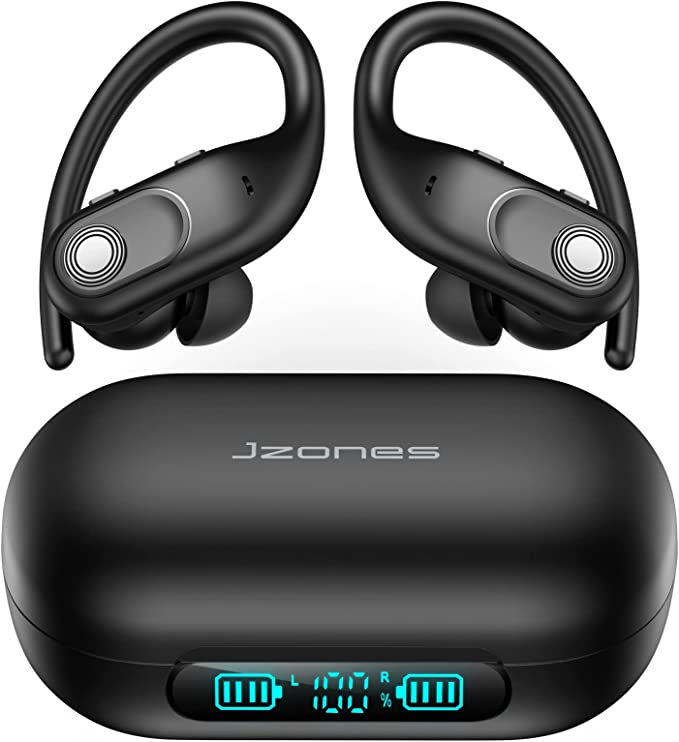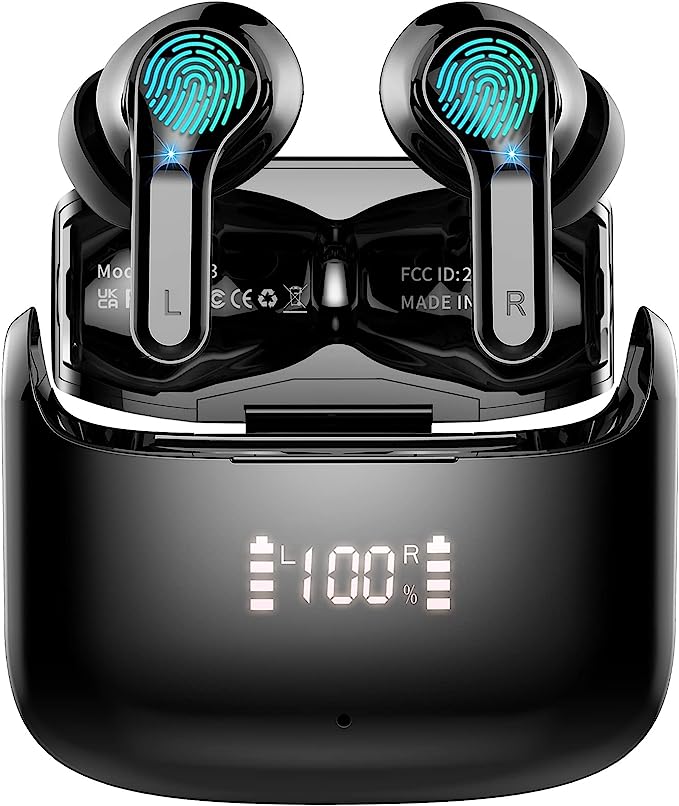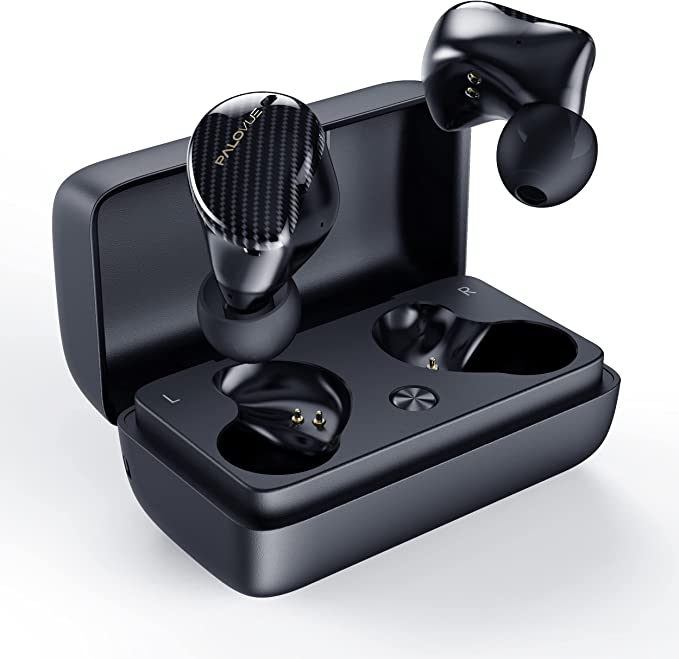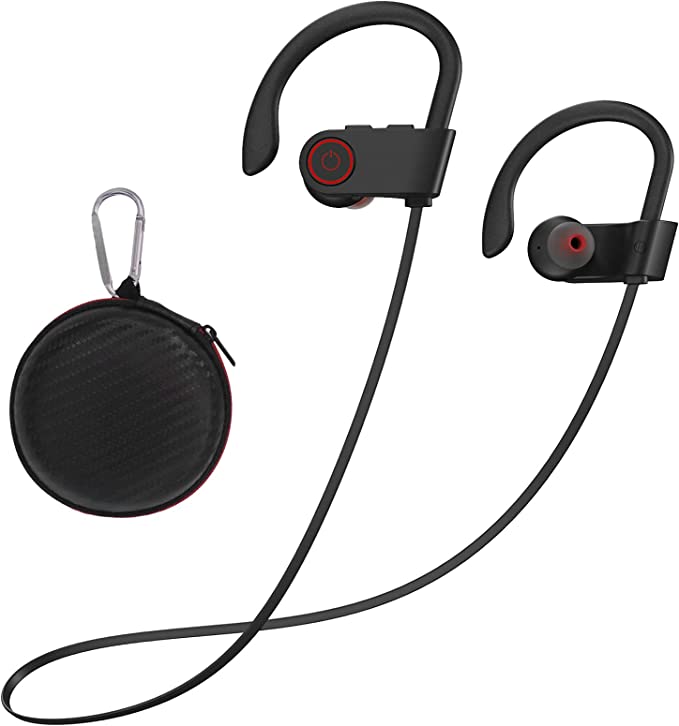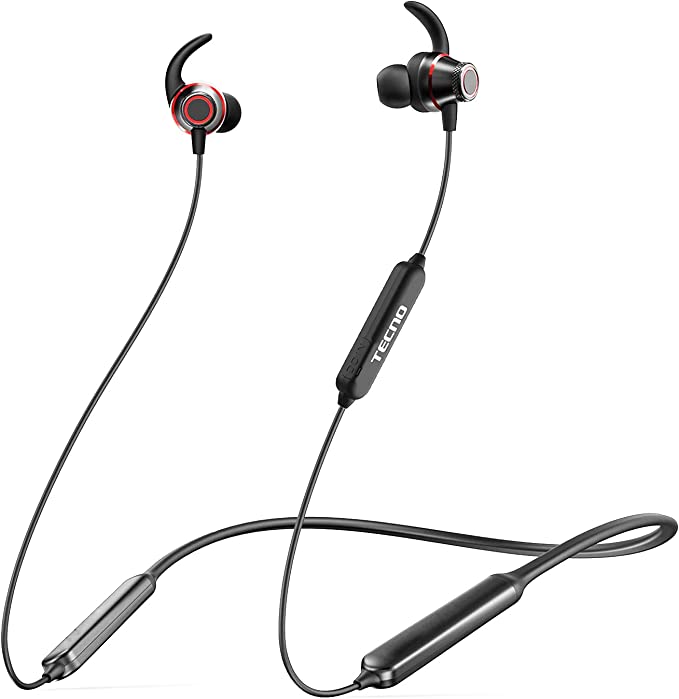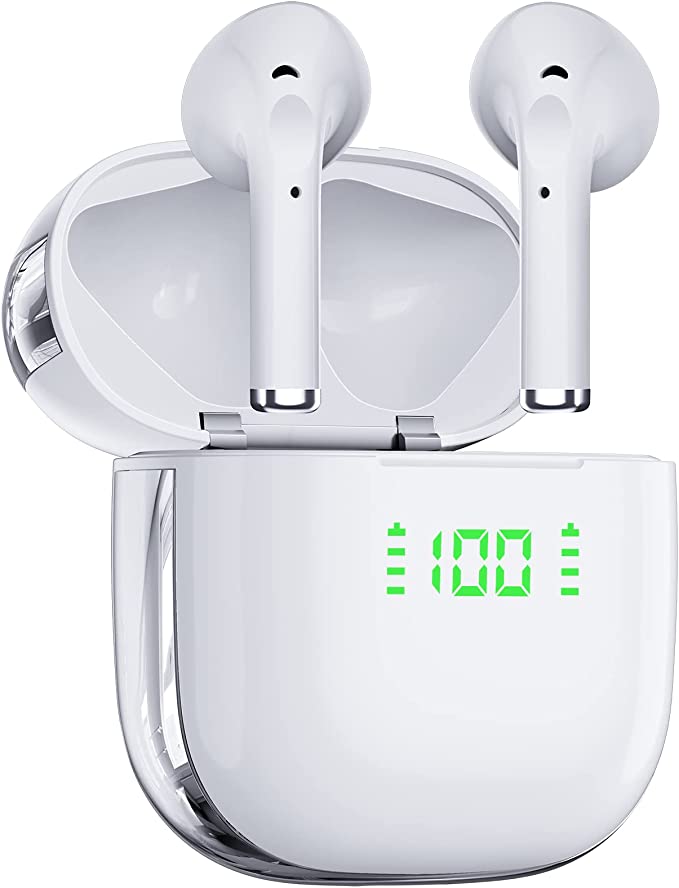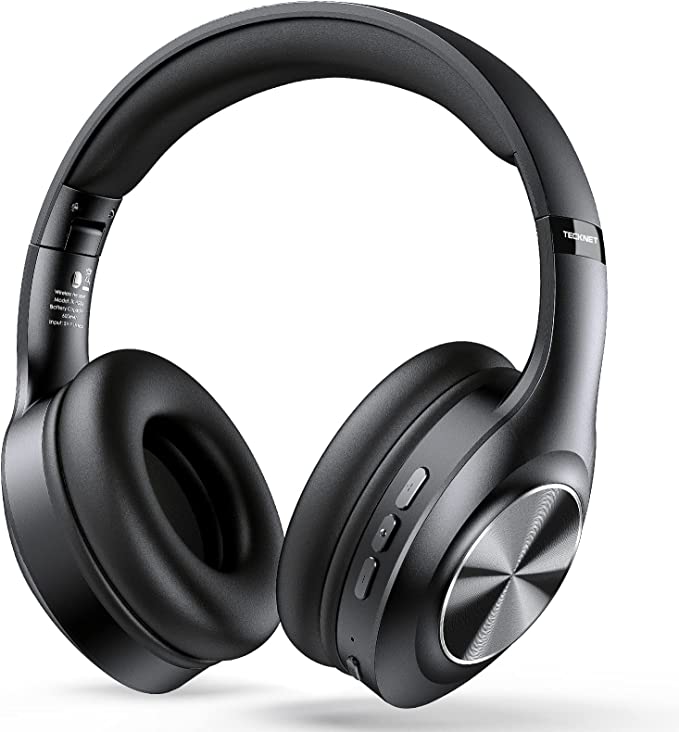Coastacloud L308101 Bone Conduction Headphones: Open-Ear Comfort and Safety
Update on Feb. 8, 2025, 12:21 p.m.
Imagine you’re jogging down a busy street, lost in your favorite upbeat playlist. Suddenly, a car horn blares, narrowly missing you. You were wearing your trusty noise-canceling earbuds, completely oblivious to the approaching danger. This scenario, or variations of it, is a common concern for many who use traditional headphones, especially in active environments. But what if there was a way to enjoy your audio without isolating yourself from the world around you?

The Big Question: Bypassing the Eardrum
What if you could listen to music, podcasts, or audiobooks without actually using your eardrums in the traditional way? This isn’t science fiction; it’s the reality of bone conduction technology.
Demystifying Bone Conduction: Vibrations as Sound
At its core, sound is simply vibration. When you hear something, it’s because an object (like a speaker cone or a vocal cord) is vibrating, creating pressure waves in the air. These waves travel to your ear, where they vibrate your eardrum. Your eardrum then transmits these vibrations to the inner ear (cochlea), which converts them into electrical signals that your brain interprets as sound. This is air conduction, the way we typically hear.
But there’s another pathway: bone conduction. Your skull, like any solid object, can also conduct vibrations. Bone conduction technology leverages this fact. Instead of sending sound waves through the air, bone conduction headphones use transducers to convert electrical signals into mechanical vibrations. These vibrations are then transmitted through your cheekbones (or other parts of your skull) directly to the cochlea, bypassing the eardrum. Think of your skull as a rather unconventional, but effective, loudspeaker.
The concept isn’t new. In fact, bone conduction has been used in hearing aids for decades, helping individuals with certain types of hearing loss to perceive sound. Ludwig van Beethoven, the famous composer who experienced significant hearing loss, reportedly used a rudimentary form of bone conduction by biting down on a rod attached to his piano, allowing him to “hear” the vibrations through his jawbone. The technology has evolved considerably since then, culminating in consumer-level devices like bone conduction headphones.
There are primarily two types of transducers used in bone conduction headphones:
- Piezoelectric Transducers: These use a material that changes shape when an electric current is applied, creating vibrations.
- Electromagnetic Transducers: These use magnets and coils to generate vibrations, similar to how a traditional speaker works, but on a much smaller scale.

Air Conduction vs. Bone Conduction: A Detailed Comparison
| Feature | Air Conduction | Bone Conduction |
|---|---|---|
| Sound Pathway | Through air, ear canal, eardrum, middle ear, cochlea | Through skull bones, directly to cochlea |
| Energy Efficiency | Generally more efficient at lower frequencies | Generally more efficient at higher frequencies |
| Sound Quality | Can offer wider frequency range and richer bass | Typically less bass response, more mid-range focus |
| Surroundings | Can block out external sounds | Leaves ears open, allowing ambient sound awareness |
| Hearing loss | Increased risk of hearing loss | Reduce the risk of hearing loss |
Introducing the Coastacloud L308101: Bone Conduction in Action
The Coastacloud L308101 bone conduction headphones serve as a practical example of how this technology is implemented in a consumer product. They aren’t the only bone conduction headphones on the market, but they offer a compelling combination of features that make them a worthwhile case study.
Feature Deep Dive
Open-Ear Freedom: Safety and Comfort
The defining characteristic of the Coastacloud L308101, and bone conduction headphones in general, is the open-ear design. The headphones rest on your cheekbones, just in front of your ears, leaving your ear canals completely unobstructed. This has two major benefits:
- Situational Awareness: You can hear everything going on around you – traffic, conversations, approaching footsteps, warning signals – while still enjoying your audio. This is crucial for safety, especially during outdoor activities like running, cycling, or walking in busy areas.
- Enhanced Comfort: Many people find traditional earbuds or over-ear headphones uncomfortable for extended use. The open-ear design eliminates pressure on the ear canal and reduces the feeling of “plugged ears.”

Bluetooth 5.3: The Unsung Hero
While bone conduction is the star of the show, the wireless connection is equally important. The Coastacloud L308101 utilizes Bluetooth 5.3, the latest iteration of this ubiquitous wireless technology. Compared to older versions, Bluetooth 5.3 offers several advantages:
- Lower Latency: This is particularly important for video and gaming, where even slight delays between audio and video can be disruptive. Bluetooth 5.3 minimizes this delay, providing a more synchronized experience.
- Enhanced Stability: A more robust connection means fewer dropouts and interruptions, even in environments with a lot of wireless interference.
- Improved Power Efficiency: Bluetooth 5.3 consumes less power, contributing to longer battery life for both the headphones and the connected device.
These improvements might seem subtle, but they significantly enhance the overall user experience.

IPX5 Water Resistance: Sweat and Splash Proof
The “IP” in IPX5 stands for “Ingress Protection,” and the “X5” indicates the level of protection against liquids. Specifically, IPX5 means the Coastacloud L308101 is protected against water jets from any direction. This doesn’t mean you can go swimming with them, but it does mean they can withstand sweat, rain, and splashes without issue. The rigorous testing for IPX5 involves spraying the device with water from a nozzle for a specified period, ensuring it can handle real-world conditions.
CVC Noise Reduction: Clearer Conversations
While bone conduction headphones excel at keeping you aware of your surroundings, they also need to provide clear communication when you’re on a call. The Coastacloud L308101 incorporates CVC (Clear Voice Capture) noise reduction technology. This isn’t about blocking out external sounds for the listener; instead, it focuses on reducing background noise picked up by the microphone.
CVC uses algorithms to analyze the incoming audio signal and differentiate between your voice and ambient noise (like wind, traffic, or chatter). It then suppresses the noise while enhancing your voice, resulting in clearer calls for the person on the other end.
LED Display: Power at a Glance
A small but convenient feature of the L308101 is the integrated LED display. This shows the remaining battery level, eliminating the guesswork and ensuring you know when it’s time to recharge. This is particularly useful for longer outings or workouts, where running out of power unexpectedly can be frustrating.
Battery Champ
The L308101 is equipped with a 300mAh battery. While the exact battery life can vary depending on usage (volume level, Bluetooth connection, etc.),. This is a respectable capacity for bone conduction headphones, allowing for extended listening sessions without frequent recharging. The quick charging time of 1.5 hours via a Type-C port further adds to the convenience.

Beyond Music: Other Uses of Bone Conduction
Bone conduction technology isn’t limited to headphones. Its unique properties make it valuable in several other applications:
- Hearing Aids: As mentioned earlier, bone conduction has a long history in hearing aids, particularly for individuals with conductive hearing loss (problems with the outer or middle ear).
- Assistive Technology: Bone conduction can be used in devices designed to help people with visual impairments navigate their surroundings by providing auditory cues.
- Military and Law Enforcement: Bone conduction headsets allow personnel to maintain communication while remaining aware of their environment, which is critical in tactical situations.
- Gaming:Provide gamers with in-game sound while remaining open to the surrounding environment
The future of bone conduction may hold even more possibilities, such as improved sound quality, smaller and more comfortable designs, and integration with other technologies like augmented reality.

Conclusion: A Different Way to Listen
Bone conduction technology offers a unique and valuable alternative to traditional audio delivery. The Coastacloud L308101, with its open-ear design, Bluetooth 5.3 connectivity, water resistance, noise reduction, and convenient LED display, exemplifies the benefits of this approach. It’s not about replacing traditional headphones entirely; it’s about providing a different way to listen, one that prioritizes safety, comfort, and awareness of the world around you.
